What is DSD audio? How the format works, where to download files, and more
A niche digital music format for audiophiles explained
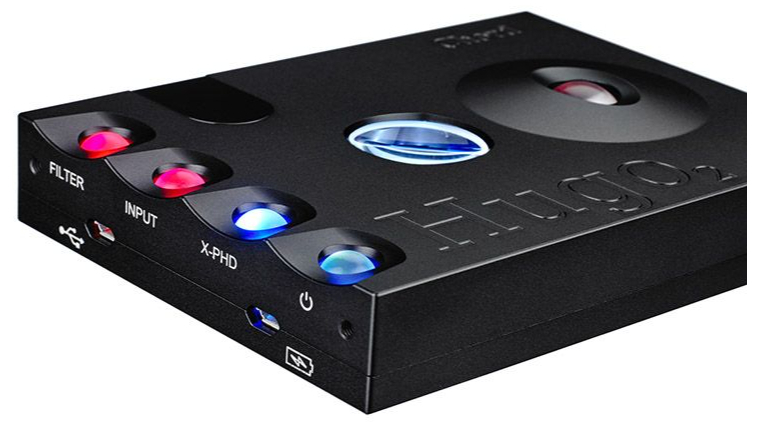
The world of audio formats has always been a bit of a minefield, especially in recent decades where numerous companies have launched proprietary technologies specific to their hardware and software ecosystems.
Which is why if you’re taking your first foray into hi-fi and looking at a top-end music streamer, or your download options on services including Qobuz and HDTracks you may have come across the term DSD – especially if you are a fan of jazz or classical music – but not be familiar with what it actually is. Here to help we’ve penned this guide detailing everything you need to know about DSD.
- Here's everything you need to know about high-resolution audio
First, PCM explained...
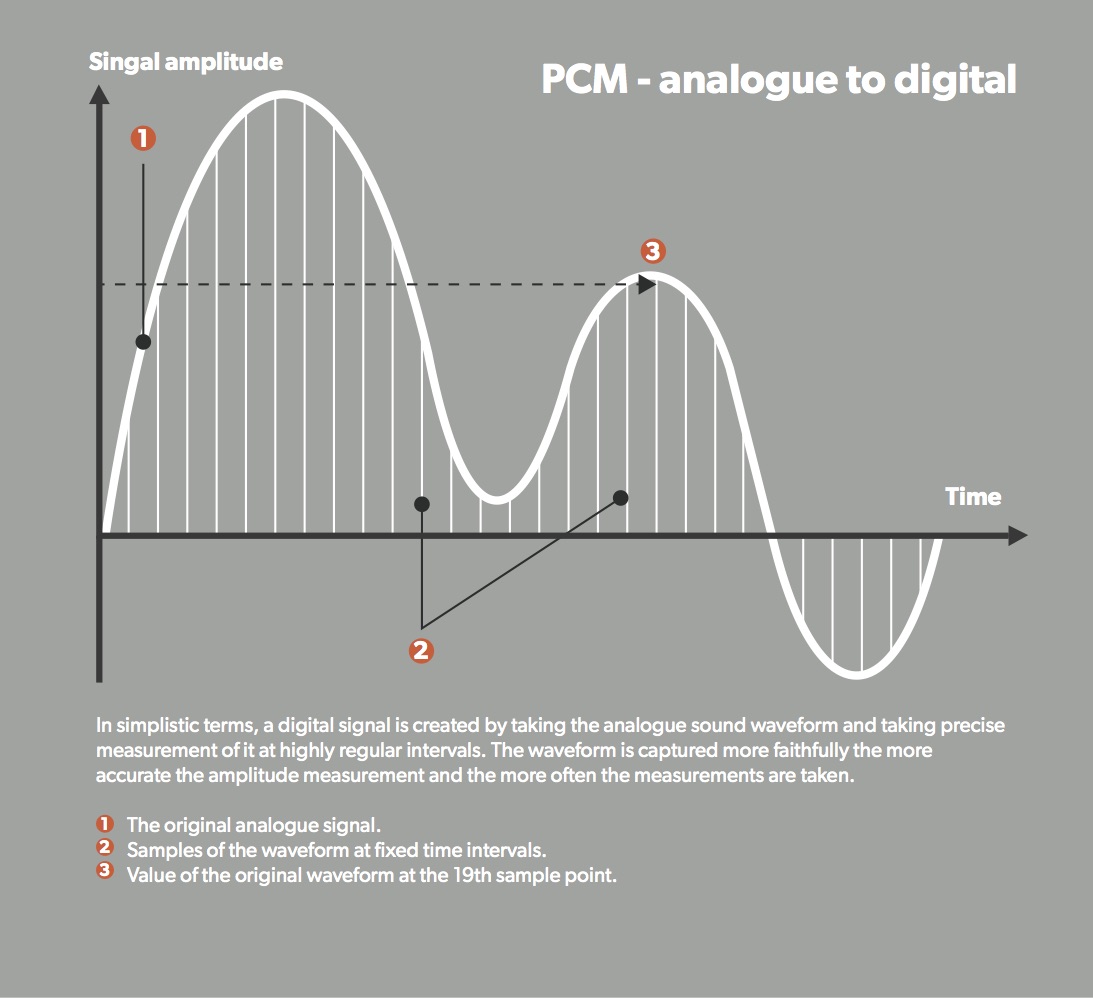
Digital signals take the form of two states that can be represented by 0s and 1s, but this information needs to be arranged in a specific way to be of any use. In just about every case, the system to organise the digits is known as PCM (Pulse Code Modulation).
Let’s have a quick recap of how PCM works before we continue.
With PCM, the original analogue music waveform is described in two parts. The first is its amplitude (size). In CD this is represented by 16-bits of digital data, which gives us the ability to define 65,536 different signal levels.
The original music waveform has to be measured at regular intervals in order for it to be represented properly. The measurement is done 44,100 times a second. While that looks like an arbitrarily large number, it’s chosen quite carefully to ensure that the full frequency range of human hearing (20Hz to 20kHz) is covered.
What is DSD audio?
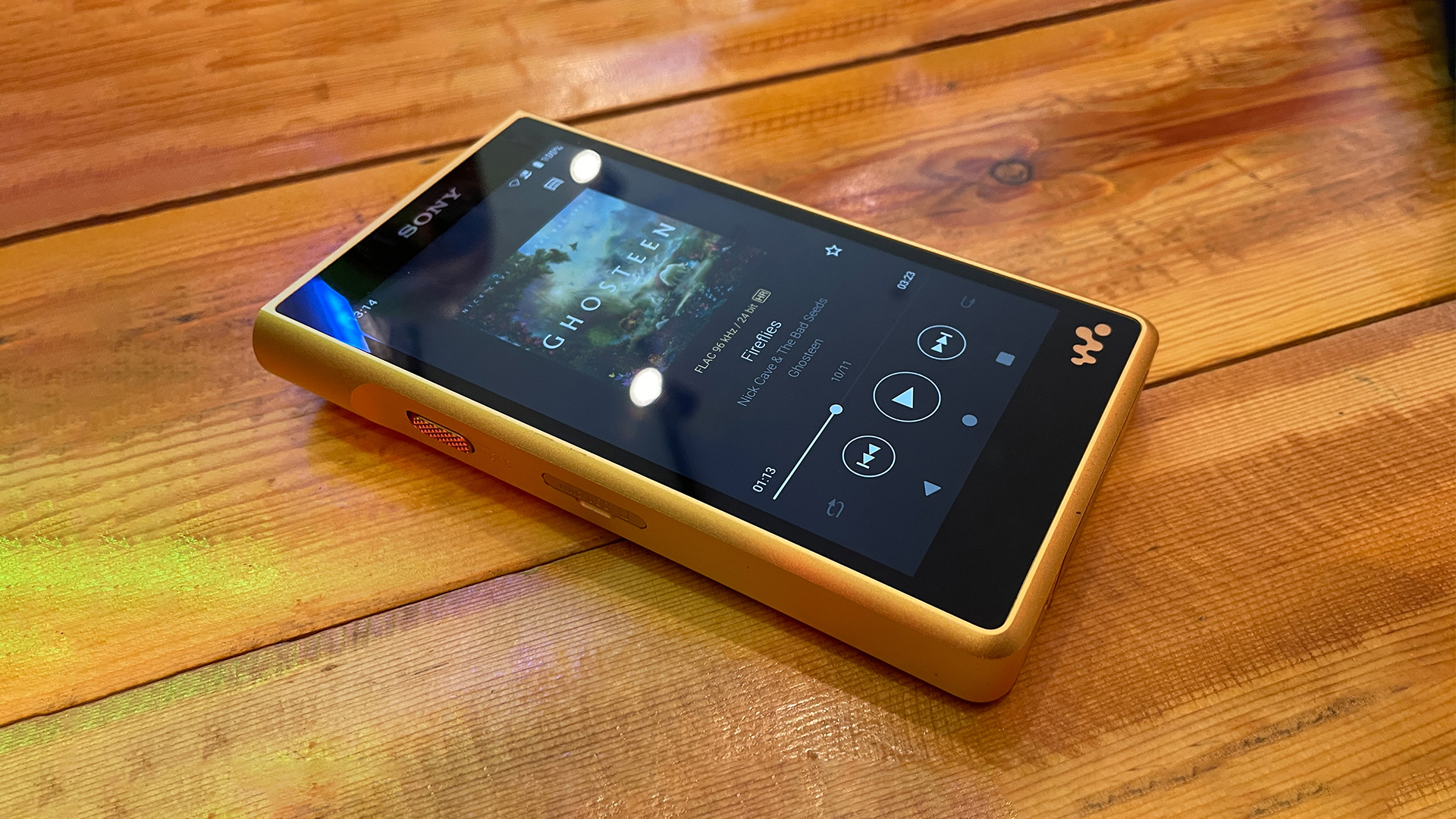
DSD (Direct Stream Digital) takes a different approach. Back in the mid-1990s, it was originally conceived as a way of archiving old analogue recordings.
It was designed to be a simpler, more space-efficient way of storing digital music data than PCM. Importantly, DSD was also designed to be easy to convert to PCM files with sampling rates based on multiples of 44.1kHz.
Around the same time, Sony and Philips were developing a replacement for CD, something that ultimately became the SACD disc. DSD seemed an ideal system to build the new format around, particularly as it has great copy protection.
The main attraction of DSD is its simplicity and, with that, the cheapness of implementation. It needs less processing than PCM and can use simpler, far less expensive DACs.
How does DSD work?
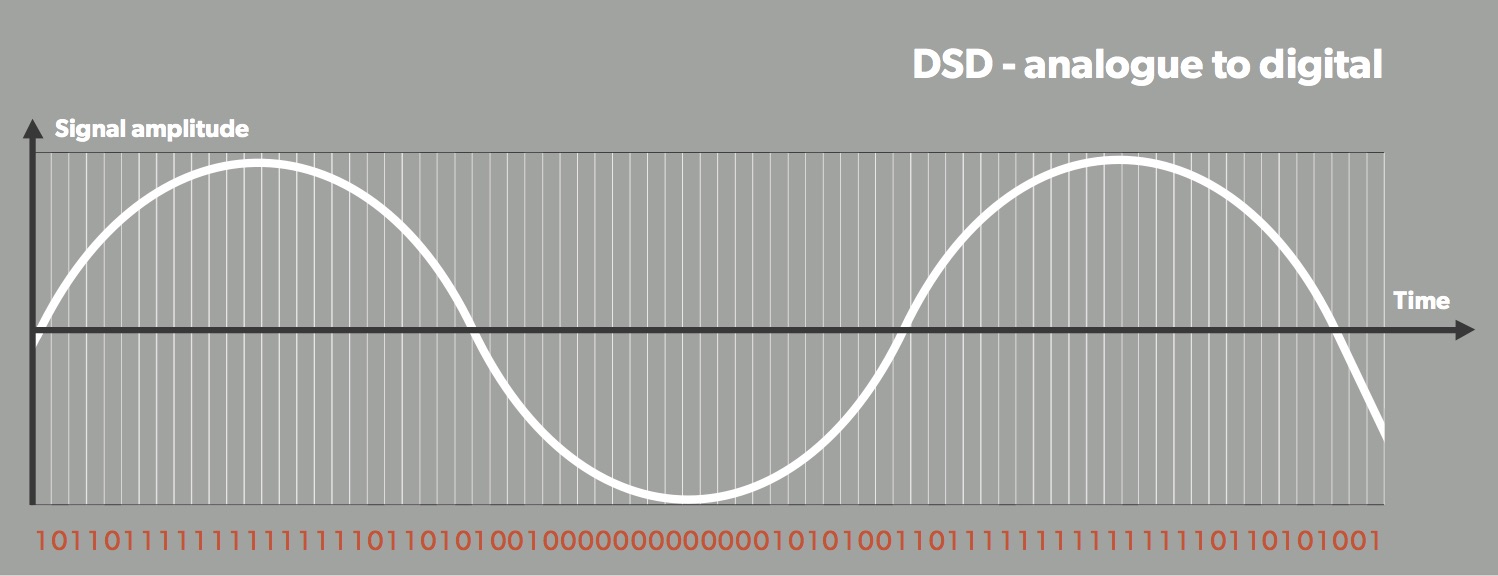
DSD uses a single bit of information, and all this information tells us is whether the current sample of the analogue waveform is higher or lower than in the previous one. Compared with the over 65,000 different values 16-bit PCM has, the two values (0 if the new sample if the signal is lower or 1 if it’s higher) of DSD appear mighty limiting.
That resolution shortfall is made up by the very high sampling rate of over 2.8 million times a second – that’s 64 times the speed of CD. Standard DSD is sometimes called DSD64 for this reason, with double- and quadruple-speed versions called DSD128 and DSD256 respectively. There's even a DSD512 spec, though we've never heard any material encoded in it.
Standard DSD recordings are still relatively rare compared with the PCM alternatives, and those higher-speed versions are extremely niche. DSD fans claim the format is as close to analogue as digital gets.
If you could look at a DSD digital stream, it’s possible to draw the analogue waveform simply by looking at the density of 0s and 1s. The more 0s there are, the lower the waveform goes, and it’s the opposite for ones. Where there is a balance of the two values, we’re at, or close to, the zero signal point.
- How about other formats? MP3, AAC, WAV, FLAC: all the audio file formats explained
What are the downsides to DSD?
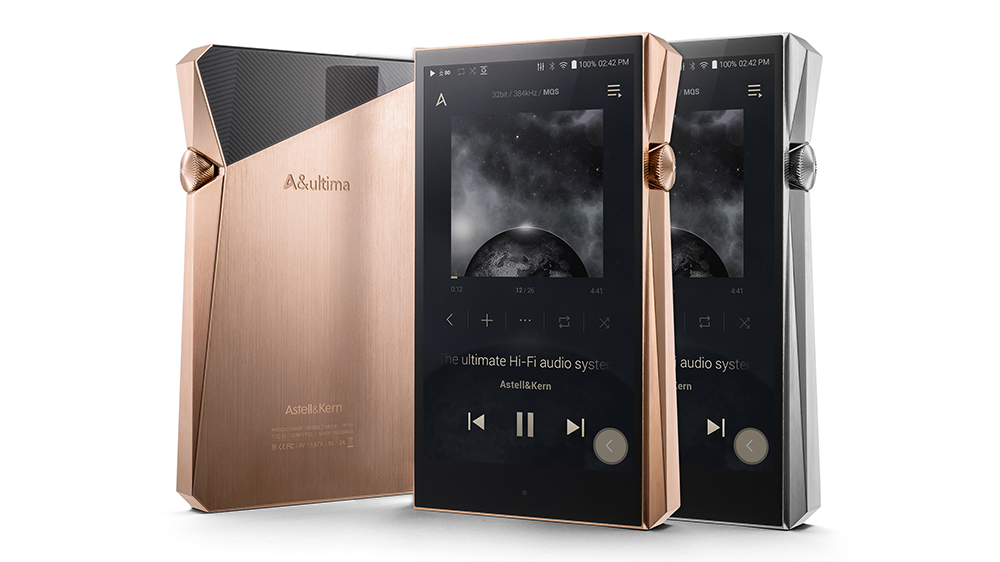
That all looks good, but there are also issues with DSD. It’s not very practical to manipulate a DSD recording, for starters.
All the things that are required post-recording such as equalisation, editing, dynamic range control and adding reverb usually involve the DSD stream being converted to PCM to do the processing and then switched back.
That’s hardly a pure way of doing things, right? Just about every studio recording made with DSD goes through this process. It’s down to a lack of suitable equipment and processing software.
You may come across the term DXD on a recording. This is where the original DSD signal has been converted to 24-bit/352kHz PCM and processed in that form throughout. While the name (intentionally or not) sounds like DSD, it is simply very high-resolution PCM.
When it comes to measurement, DSD also has issues with high levels of noise compared with PCM. Clever processing techniques allow the engineers to shift the noise above our hearing, and optimise the performance and dynamic range in the audible region. The high-frequency noise is generally filtered out.
Is DSD hi-res?
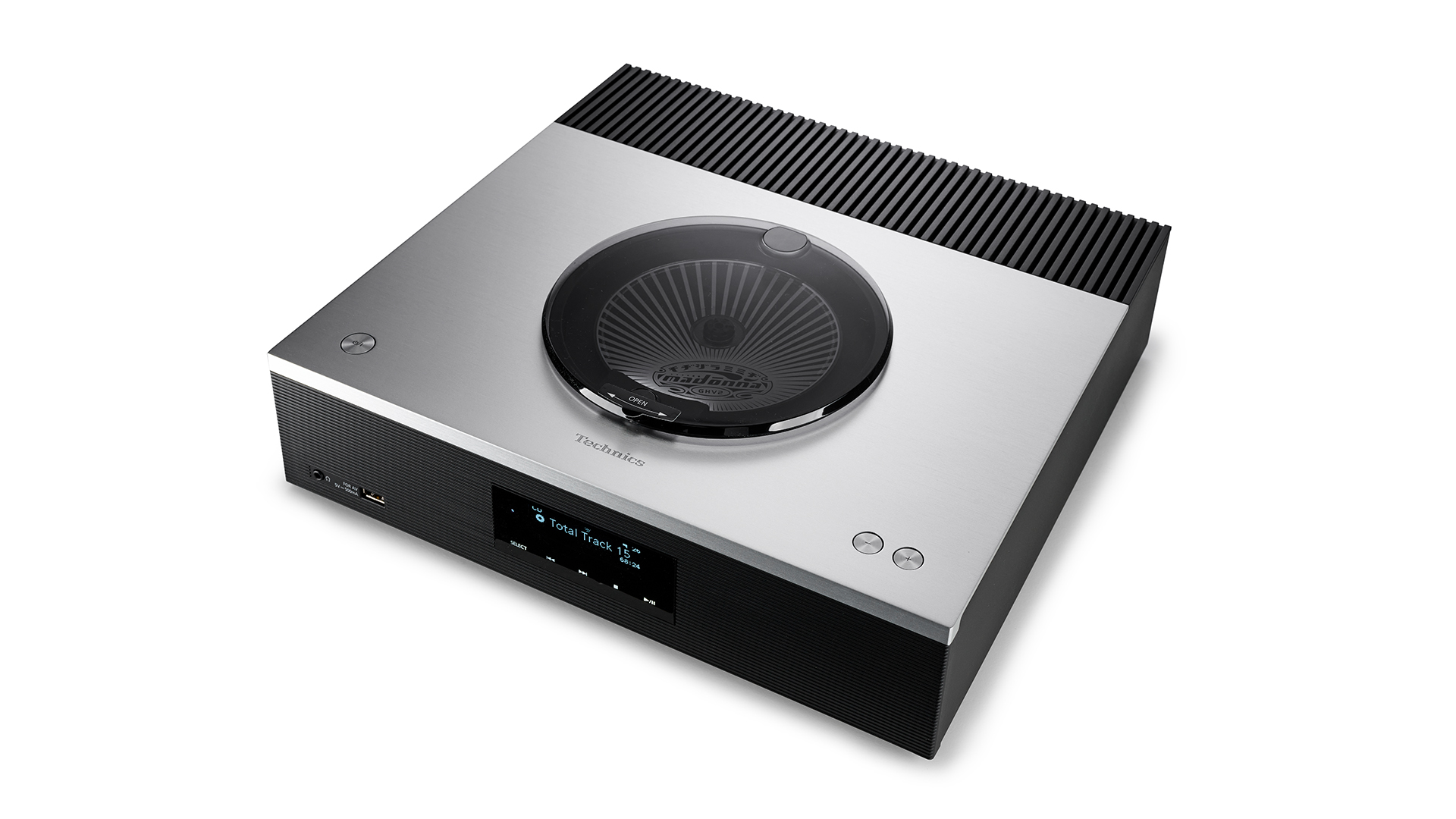
So how high resolution is a DSD recording? There’s no exact way of striking equivalence between PCM and DSD but it’s around the same as 24-bit/88.2kHz PCM.
In terms of dynamic range, DSD is claimed to be around 120dB in the audible frequency range. In comparison, CD measures around 96dB, and 24-bit/192kHz recordings have a theoretical maximum of around 144dB.
Although the bigger numbers are more impressive, even the range of CD is considered more than enough to cope with any recording.
How do you play DSD?
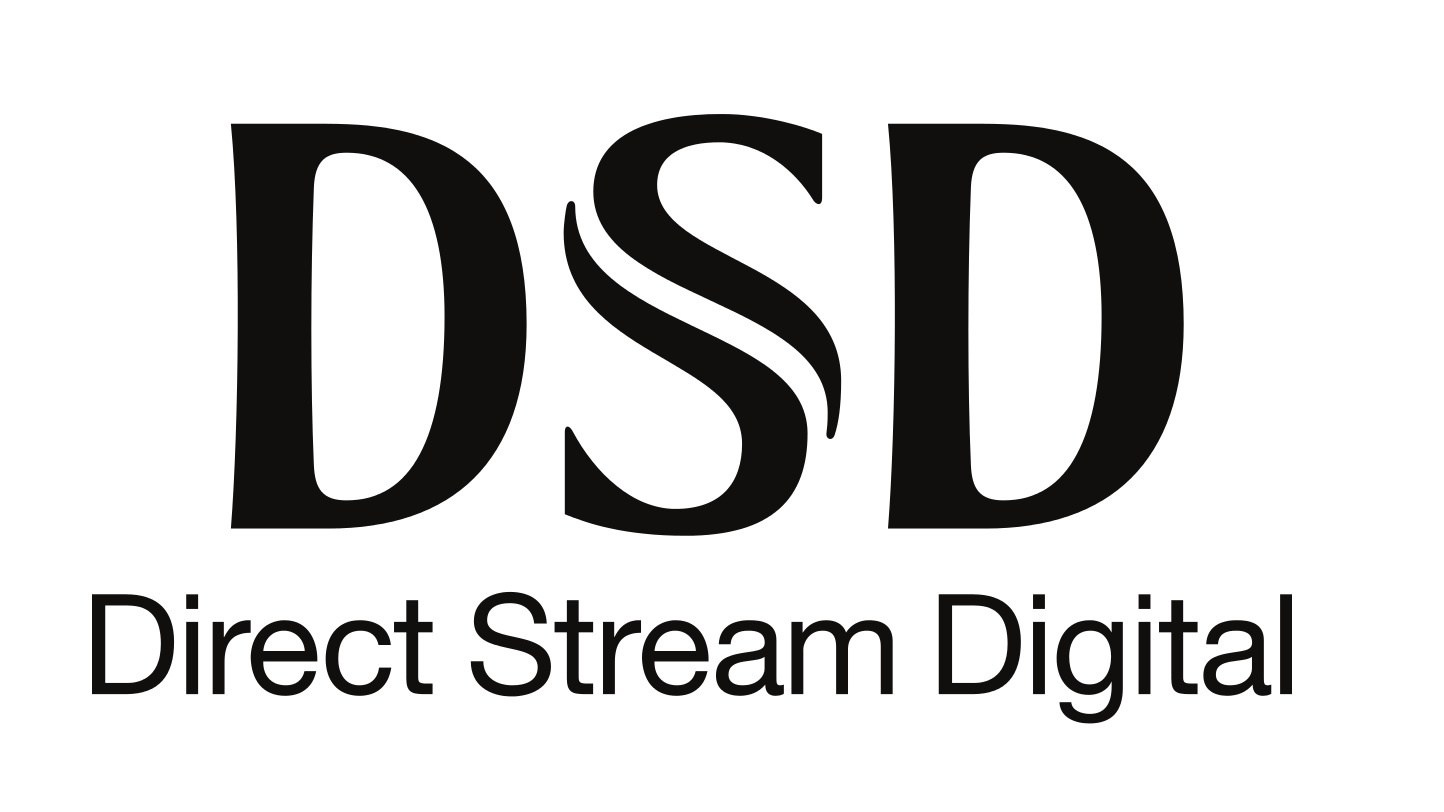
DSD playback has become far more common in digital equipment over recent years and that’s down to the greater availability of downloadable music files. Just make sure your portable music player, music streamer and/or DAC are compatible with the format.
Most recent mid-to-high-end digital playback equipment tends to be compatible, so if you have something suitable there’s no reason to treat it any different from FLAC or WAV files. Some flagship smartphones support DSD natively. You can even play DSD audio files on an iPhone using additional equipment.
On a download site, you may occasionally come across the terms DSF and DFF. These are two kinds of DSD files, but the only thing you need to know about them is that you should always choose the DSF version if your player is compatible – it’s better at holding a track's metadata information (artist/song name, album art etc).
Where can you buy DSD audio files?

While hi-res download sites are far and few between these days, those audiophile music sites that are still around mostly sell DSD downloads. The likes of HDtracks, and Native DSD are good places to start.
Alternatively, if you prefer physical formats and have a compatible disc player, then SACDs are still fairly widely available.
FAQ
Where can you listen to DSD music?
To listen to DSD files you need two things: compatible hardware and a library of content mastered in it.
On the primary point, there are numerous portable players, music streamers and DACs that are compatible with the format. Most product specifications sheets make clear if it is supported. So if in doubt – as you should in most instances – start with the instructions manual or check its specifications online.
The latter is a little more varied, but there are generally two easy ways to access DSD music. First, is on SACD (Super Audio CD). This is a niche physical format that’s still used by some classical music and jazz houses that was originally developed by Philips and Sony at the end of the 90s. Otherwise you can buy DSD recordings on online platforms including Qobuz and HDTracks.
When did DSD launch?
DSD was developed as a joint venture by Philips and Sony and was originally designed to be a way to catalogue master tapes without compromising their quality. It launched in the mid 90s.
Is DSD better?
The primary allure of DSD is that it is in many ways “simple” requiring little processing despite having fairly impressive stats behind it, though this very simplicity makes it harder to manipulate DSD files than their PCM (Pulse Code Modulation) alternatives.
The resolution of DSD is broadly equivalent to that of 24-bit/88.2kHz PCM and it has a dynamic range of around 120dB. CD, by comparison, works at 16-bit/44.1kHz and has a dynamic range of around 96dB.
MORE:
Where can you buy hi-res music? Here are the top download sites
Our pick of 15 hi-res album downloads to test your hi-fi system
Here are the best portable music players, the best music streamers and the best DACs – many of which support DSD
Get the What Hi-Fi? Newsletter
The latest hi-fi, home cinema and tech news, reviews, buying advice and deals, direct to your inbox.

Ketan Bharadia is the Technical Editor of What Hi-Fi? He has been reviewing hi-fi, TV and home cinema equipment for almost three decades and has covered thousands of products over that time. Ketan works across the What Hi-Fi? brand including the website and magazine. His background is based in electronic and mechanical engineering.
-
Angelwars Good summary but DSD does not involve any samples as with PCM. The stream of 1' and 0's bits is created by the modulation of a bit clock carrier a process called Pulse Density Modulation of which DSD is specifically the 1 bit version. 1 bit PDM capture can be argued as not being digital - certainly not in the sense that PCM most definitely is.Reply -
ajm057 Thanks for this BUT: there appear to be a number of DSD formats. Not all DACs are able to convert each of them.Reply
DSD 64 = the basic rate - sample rate is 64 times that of a CD - this seems to be the most common DSD format available on HD TRACKS, and HighResAudio very few albums are distributed in this format.
DSD128 = Double Rate - sample rate is 128 times that of a CD - this seems to be the maximum "resolution" format generally available on HD TRACKS, and HighResAudio very few albums are distributed in this format.
DSD256 = Quad Rate = 256 times -- I found about 10 titles on HD Tracks - also see below
DSD 512 = Octa Rate = 512 times -- - also see below.
For those hunting downloadable DSD -- try NativeDSD (https://www.nativedsd.com/) - who had 289 titles in DSD512 and many more at lower resolution when I looked this morning. -
djh1697 Roon will convert a PCM file to DSD, the difference is jaw dropping, especially on anything below 88/16 resolution. Sadly Roon now costs $700 for a lifetime membership, or $10 a month. I think it worth every cent, you need to provide your own music, via CD rips, Tidal, or Qobuz. My March DAC will decode up to DSD256, works well with my i7/Windows 10 NUCReply -
Sergii T. Reply
DSD performs simple sampling with comparing previous signal amplitude with current. It is like two inputs comparator, wich has first input directly to source signal, and second input - via signal delay circuit (and delay time is defined by DSD's sampling rate, like 1ms delay for 1MHz sampling). In many cases, when signal form is constant (horizontal line) - DSD contains 101010101010101 (1=go_up, 0=go_down). This causing "DSD noise" as some articles states. But with 1MHz sampling noise can be easily filtered out, as 1MHz is far-far away from 20kHz. Beside "noise" issue, DSD has very cool feature of "error protection" - if at any sample 1 will be replaced with 0 (or 0 replaced with 1) - this will not affect signal at all. Now if we talk about PCM and random data error - well... it will create huge defect in audio, as it will affect almost all frequencies.Angelwars said:Good summary but DSD does not involve any samples as with PCM. The stream of 1' and 0's bits is created by the modulation of a bit clock carrier a process called Pulse Density Modulation of which DSD is specifically the 1 bit version. 1 bit PDM capture can be argued as not being digital - certainly not in the sense that PCM most definitely is.
And one more thing - DAC and Amplifiers - with DSD you can combine DAC with Amplifier - Class T amplifier will work as DAC for DSD stream. Back to PCM - you'd need demultiplexor + resistors matrix to get PCM converted into analog signal, and then you'd need amplifier for analog signal to make it loud.
So while DSD looks like strange format - it was a great "invention" that has a lot of great features.
PS: I probably should put this as separate comment, and not a reply, but your comment was about PCM and PDM (which is not DSD for sure). -
rudolffischer A Chord DAC is not the best example to show when it comes to DSD. Chord DACs convert all DSD to 768kHz PCM before handing the signal over to the D/A upsampling and conversion stage.Reply
There are only a few DACs which have a dedicated DSD conversion path and convert DSD without converting to PCM first. Some of the better known ones are:
T+A (bespoke one bit converter)
Holo (R2R ladder DAC)
iFi (Burr Brown Chipset based)
RME ADI-2 (AKM based)
Gustard A26 and Audalytic AH90 (AKM 4499 based)
